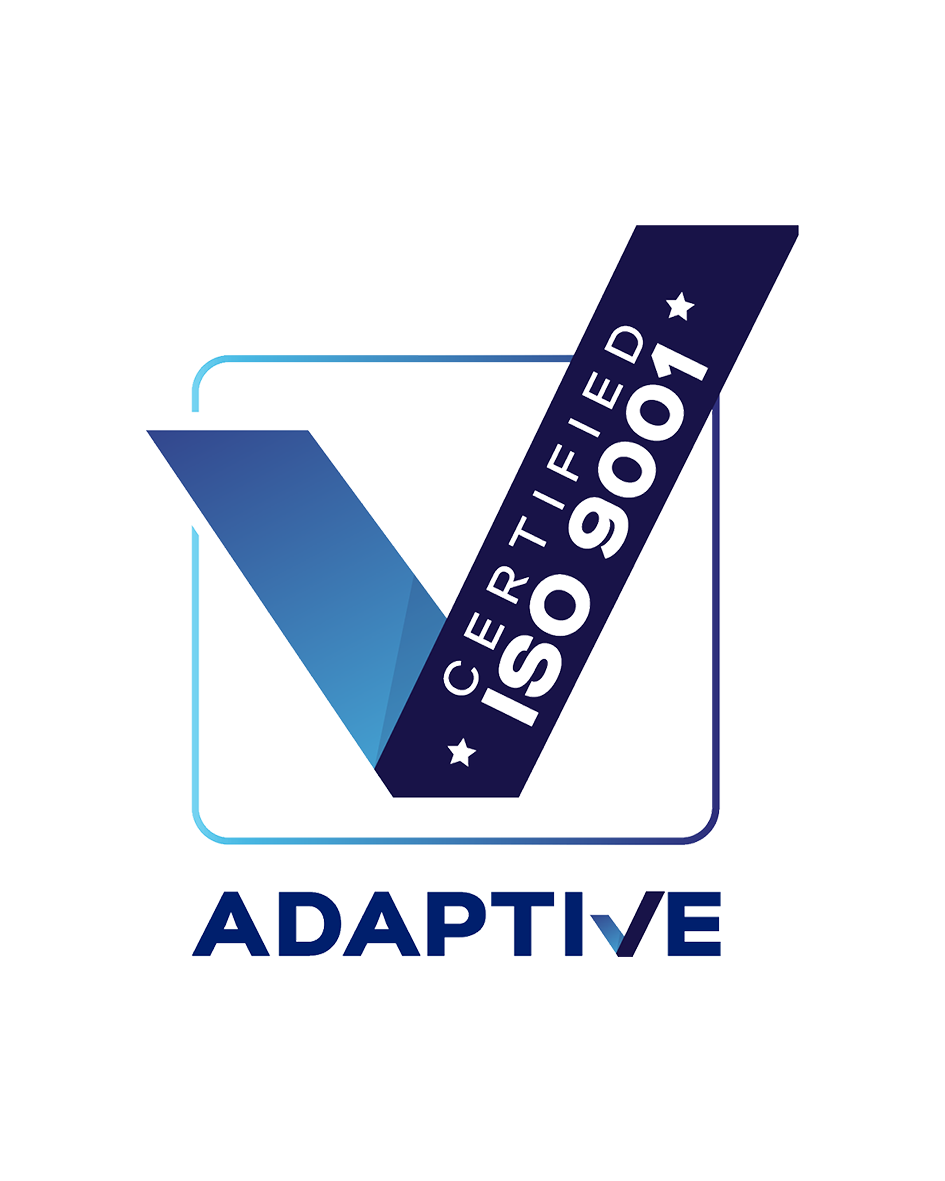
Commercial solutions
Since 1989, Mainmark has raised, re-levelled and re-supported buildings, structures and assets to thousands of commercial properties.
Mainmark has delivered ground engineering solutions to commercial businesses and properties for over 30 years. Capitalising on this expertise and knowledge, our latest range of innovative products and advanced solutions provide remediation of assets and structures across the commercial sector.
Mainmark has a range of ground improvement, re-levelling and slab lifting solutions to reinforcing ageing or damaged buildings and infrastructure impacted by subsidence.
Re-levelling a 20,000m² Warehouse
A 20,000 square metre warehouse facility had experienced significant subsidence across its entire footprint, negatively affecting the superstructure and floor slabs.
The Client engaged Mainmark to develop a suitable solution to restore the superstructure and floor slabs to their original design tolerances and make them fit for purpose.
Mainmark’s Industy
leading technologies
Teretek ®
Our Teretek® technology provides a solution to address subsided structures, improve ground, and fill voids.
Terefil®
Our Terefil technology provides an advanced lightweight cellular concrete for soil replacement, large void filling, and pipe abandonment.
JOG Computer-Controlled Grouting
Our JOG technology is a state of the art, computer controlled, multipoint injection system.
Mainmark’s specialised
solutions

Ground Improvement
Ground improvement modifies a soil’s properties, improving its load bearing capacity or resilience against liquefaction.

Re-levelling
We re-level buildings that have experienced subsidence, settlement, or other structural issues leading to uneven floors and foundation cracks.
Projects
Featured
Commercial Projects
Download
Technology Resources
Teretek®
Terefil®
JOG Computer Controlled Grouting
Download file
Please fill out this form to access this file.Need help?
Need help with a project? Contact us

© 2025 The Mainmark group of companies. ‘Mainmark®’, ‘Terefil®’, ‘Terefirm®’ and ‘Teretek®’ are trademarks of the Mainmark group of companies.
Mainmark Ground Engineering Pty Ltd
ABN: 51 606 182 503




























